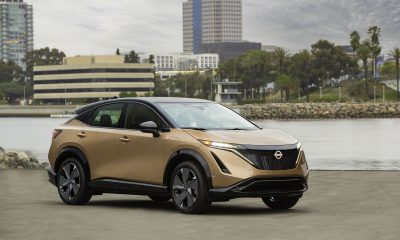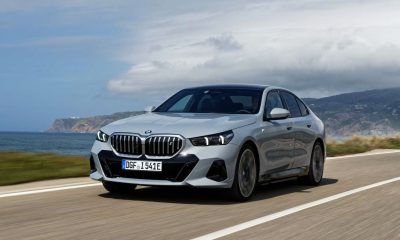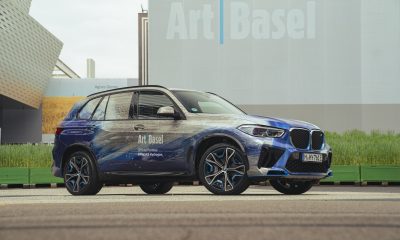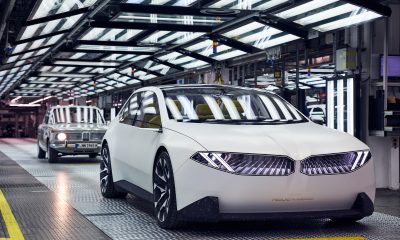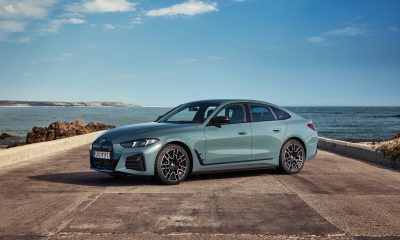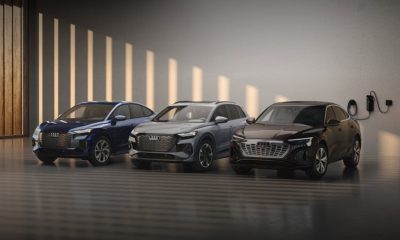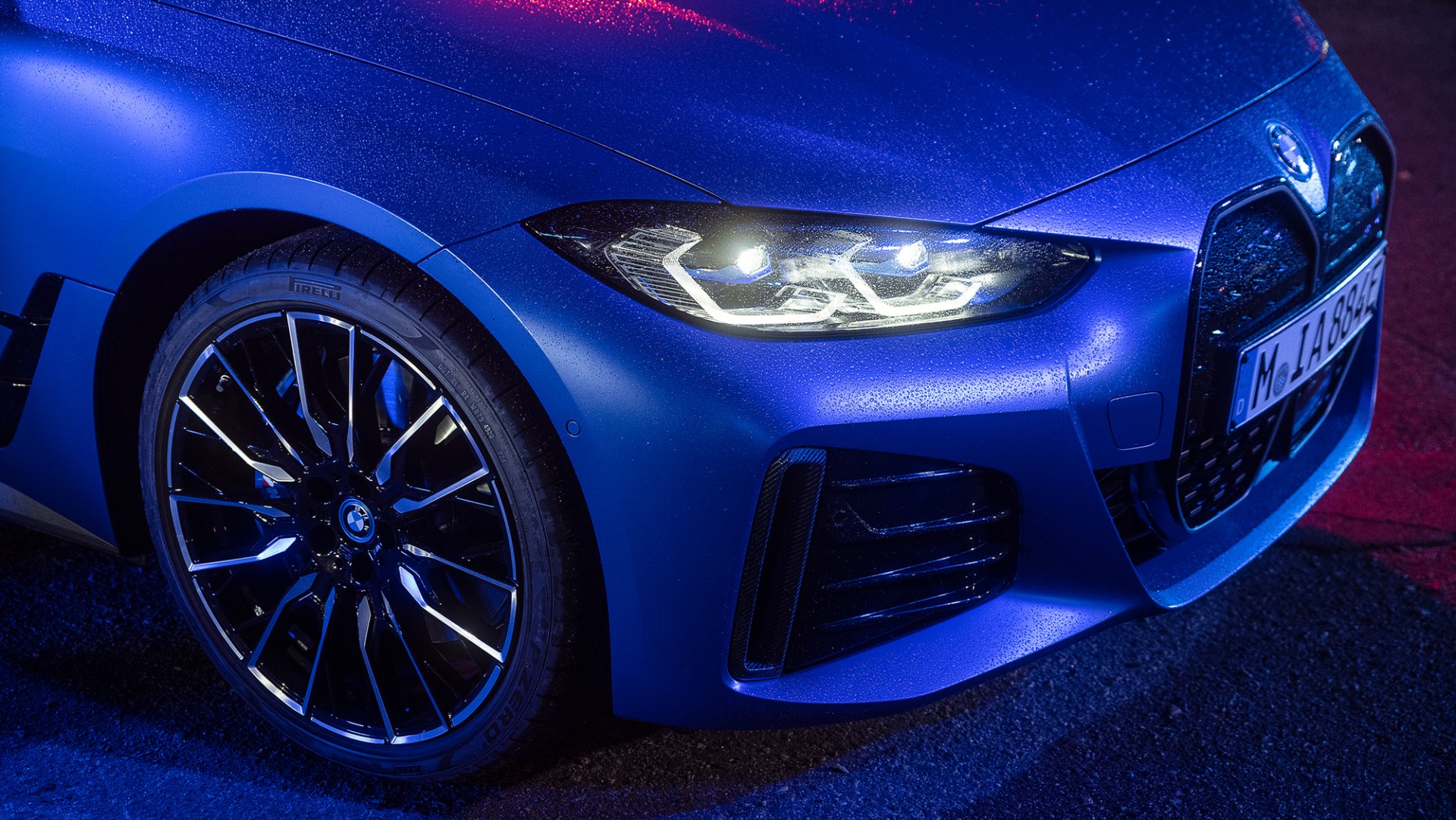
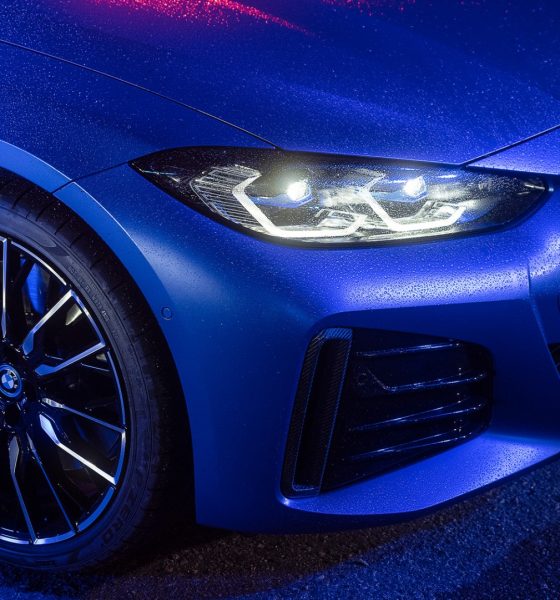
News
BMW chooses Pirelli’s EV-geared P Zero tire for i4 M50’s high-performance powertrain
BMW and Pirelli will outfit the German automaker’s i4 M50 all-electric vehicle with the Italian tyre manufacturer’s P Zero Elect rubber, which is geared for high-performance electric powertrains.
Putting that perfect set of fresh rubber tires on your favorite car doesn’t just make it handle like it’s on rails and give you a renewed appreciation for seat belts; it’ll brighten your whole day. Sadly, picking that perfect set and getting that “fresh rubber” feeling has become increasingly complex in the electrified age. Thankfully, BMW and Pirelli have partnered to tackle that issue on the BMW i4 M50.
? The #Pirelli P Zero Elect has been selected by @BMW M to equip the new BMW i4 M50, to deliver maximum performance even during extreme sports driving. https://t.co/rif71aeR9s
— Pirelli (@Pirelli) January 25, 2023
Everybody knows EV-specific tires can help make a car handle better, smoother, and more efficient. Still, oddly enough, the tires that come straight from the dealer are often run-of-the-mill, bog standard, and often lacking in the performance department. Not the case with Pirelli’s new P Zero Elect, which will be available on the BMW i4 M50.
This brings us to the BMW i4’s biggest problem, its weight. Far from the nimble sportscar standard of 90s BMW products, the i4 M50 comes in at an earth-shattering 5,018 pounds. The problem is so significant that it has become car reviewers’ and vehicle owners’ common talking point.
Hence the involvement of Pirelli.
More than making the vehicle carve like a knife, tires can affect how a vehicle handles its weight. Pirelli said, “The structure of the Pirelli tire has been reinforced to support the car and deliver maximum performance even during extreme sports driving.” Furthermore, “the special high-grip compound has also been designed to give maximum grip to guarantee precise and efficient handling,” explains Pirelli.
In essence, though a reinforced structural design and a new compound, Pirelli has given the vehicle a more planted feel through its specific design, helping reduce some of the i4’s momentous weight issues. But this isn’t the first vehicle Pirelli has worked to improve the handling of.
Pirelli’s “Elect” variant of tires, specifically designed for EVs, have been integrated into each of the company’s notable product offerings: P Zero, Cinturato, and Scorpion. In turn, it has attracted manufacturers like Ford and its Mustang Mach-E, Rivian with its R1S, and even Porsche and its first EV, the Taycan.
The Italian tire titan has a long history of fitting specialized tires to BMW’s M-cars. Its newest product shows that it intends to do the same with the German performance brand’s electric offerings. More exciting still is the idea that Pirelli is finally working towards EV tires that aren’t just for getting the most range but can be used for more “spirited” driving. Let’s hope other tire manufacturers aren’t far behind.
What do you think of the article? Do you have any comments, questions, or concerns? Shoot me an email at william@teslarati.com. You can also reach me on Twitter @WilliamWritin. If you have news tips, email us at tips@teslarati.com!
Elon Musk
Tesla begins production of new Model Y trim at Giga Berlin
Tesla announced on Monday that its Model Y Standard configuration was officially being built at Giga Berlin, less than one month after the company officially announced the configuration early last month.
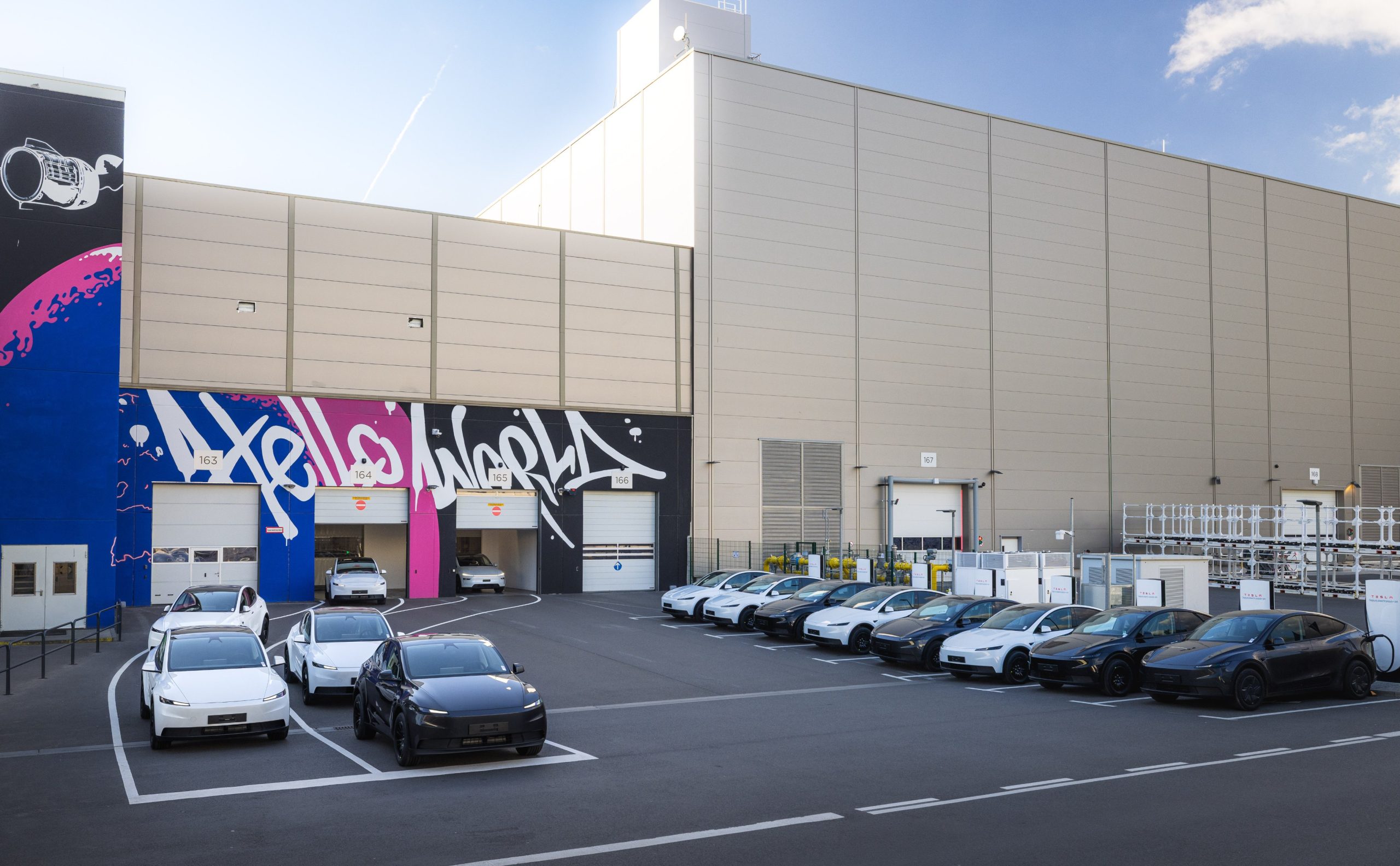
Tesla has begun production of the new Model Y trim at Gigafactory Berlin, the company’s production plant in Germany.
Tesla announced on Monday that its Model Y Standard configuration was officially being built at Giga Berlin, less than one month after the company officially announced the configuration early last month.
On October 7, Tesla announced the launch of the Model 3 and Model Y Standard trim levels, its answer to the call for affordable EVs within its lineup and its response to the loss of the $7,500 electric vehicle tax credit.
On October 3, Tesla started production of the vehicles in Germany:
Model Y Standard says „Hello World“ – Production at Giga Berlin has started today! pic.twitter.com/p37JIfJDIB
— Tesla Manufacturing (@gigafactories) November 3, 2025
The Standard iteration of the Model Y is void of many of the more premium features that are available in the Rear-Wheel-Drive, All-Wheel-Drive, and Performance trims of the vehicle are equipped with.
A few of the features of the Model Y Standard are:
- Single Motor configuration
- No rear touchscreen
- Textile seats with vegan leather, instead of all vegan leather
- 320-mile range
- No glass roof
The launch of the Model Y Standard was truly a move to help Tesla get vehicles into the sub-$40,000 price point, and although many consumers were hoping to see the company get closer to $30,000 with these cars, this is a great starting point.
Deliveries in the United States have already started, and it seems it will be a vehicle that will do one of two things: either push some consumers to finally make the jump to Tesla, or it will give car buyers another reason to buy the Premium trims, as they may feel the lack of features is not a good enough deal.
This is something we saw with the Cybertruck’s Rear-Wheel-Drive configuration, which launched last year and ended up being more of the latter option listed above.
The Tesla Model Y Standard is actually a great deal in Europe
It was only a $10,000 discount from the All-Wheel-Drive Cybertruck, but it also did not have adaptive air suspension, premium interiors, or the powered tonneau cover, which many people felt was too much of a sacrifice.
The Rear-Wheel-Drive Cybertruck was discontinued only a few months later.
It does not seem as if this is the case with the Model Y Standard, which already seems to be an attractive option to some buyers.
Cybertruck
Tesla begins wide rollout of Full Self-Driving v14 to Cybertruck
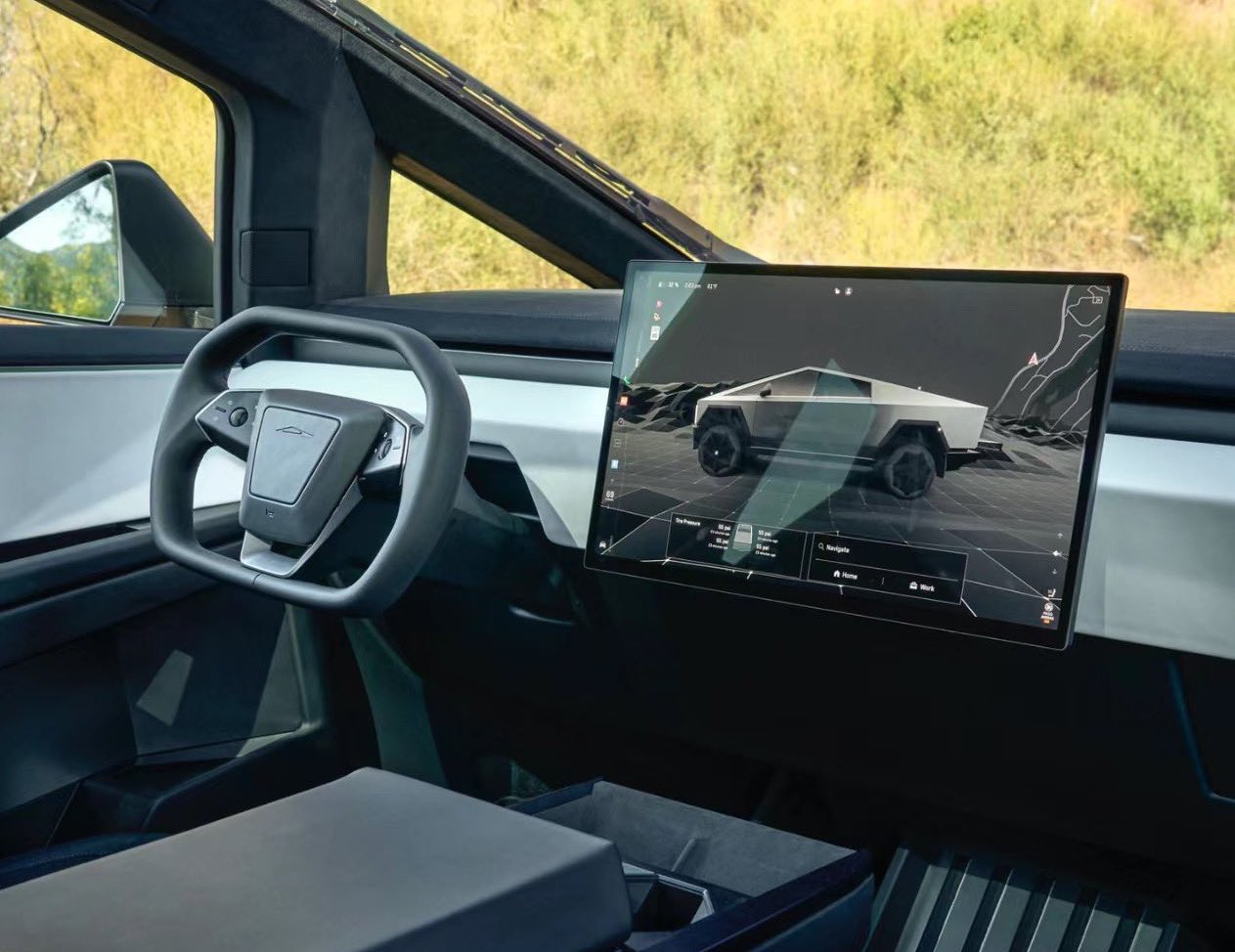
Tesla has officially begun the wide rollout of Full Self-Driving (Supervised) v14 to the Cybertruck about a month after the company started rolling it out to other vehicles in the fleet.
On Monday, Tesla officially started rolling out v14.1.5 to Cybertruck owners, the first FSD v14 rollout for owners of the all-electric pickup.
Owners have been anxiously waiting for Tesla to begin the wide release of v14 to Cybertruck, as the company said it would refine the suite for the vehicle.
Tesla has finally started rolling out to many owners, who are reporting that their Cybertrucks are downloading Software Update 2025.38.8.5, which contains FSD v14.1.5:
Tesla Self-Driving 14.1.5 for Cybertruck rolling out now! Too bad I just left for Austin. pic.twitter.com/WdxvEaK6ma
— Whole Mars Catalog (@WholeMarsBlog) November 3, 2025
So look what I just got on my @cybertruck ! FSD v14.1.5
Believe it or not @teslascope reported it about 5 minutes before it was visible on my app. That new API must be cooking! pic.twitter.com/GIiQrss4q5
— Chuck Cook (@chazman) November 3, 2025
Can confirm – arrived last night 🤝 https://t.co/0knxMK1Gfx pic.twitter.com/rqtU41pRaF
— Wes (@wmorrill3) November 3, 2025
Tesla has to be more cautious with rolling out FSD on the Cybertruck than on other vehicles for a few reasons. Initially, the Cybertruck utilizes an all-wheel steering system that turns differently than the S3XY lineup. This creates a challenge for the Tesla AI team as they have to cater to this specific maneuvering change.
Additionally, the Cybertruck is much larger, and the exterior cameras responsible for seeing the vehicle’s surroundings are placed differently than those of the other vehicles.
This requires additional calibration to ensure safety.
The full release notes for Full Self-Driving v14.1.5 are as follows:
- Added Arrival Options for you to select where FSD should park: in a Parking Lot, on the Street, in a Driveway, in a Parking Garage, or at the Curbside.
- Added handling to pull over or yield for emergency vehicles (e.g. police cars, fire trucks, ambulances).
- Added navigation and routing into the vision-based neural network for real-time handling of blocked roads and detours.
- Added additional Speed Profile to further customize driving style preference.
- Improved handling for static and dynamic gates.
- Improved offsetting for road debris (e.g. tires, tree branches, boxes).
- Improve handling of several scenarios including: unprotected turns, lane changes, vehicle cut-ins, and school buses.
- Improved FSD’s ability to manage system faults and recover smoothly from degraded operation for enhanced reliability.
- Added alerting for residue build-up on interior windshield that may impact front camera visibility. If affected, visit Service for cleaning!
Tesla Full Self-Driving v14 release notes for Cybertruck pic.twitter.com/fiMnjjTCY9
— TESLARATI (@Teslarati) November 3, 2025
News
Elon Musk shuts down Tesla ‘AMG’ division speculation: ‘Focus is autonomy’
“I think it’s best to leave that to the custom shops. Tesla’s focus is autonomous cars, building futuristic autonomous cars. We want the future to look like the future.”
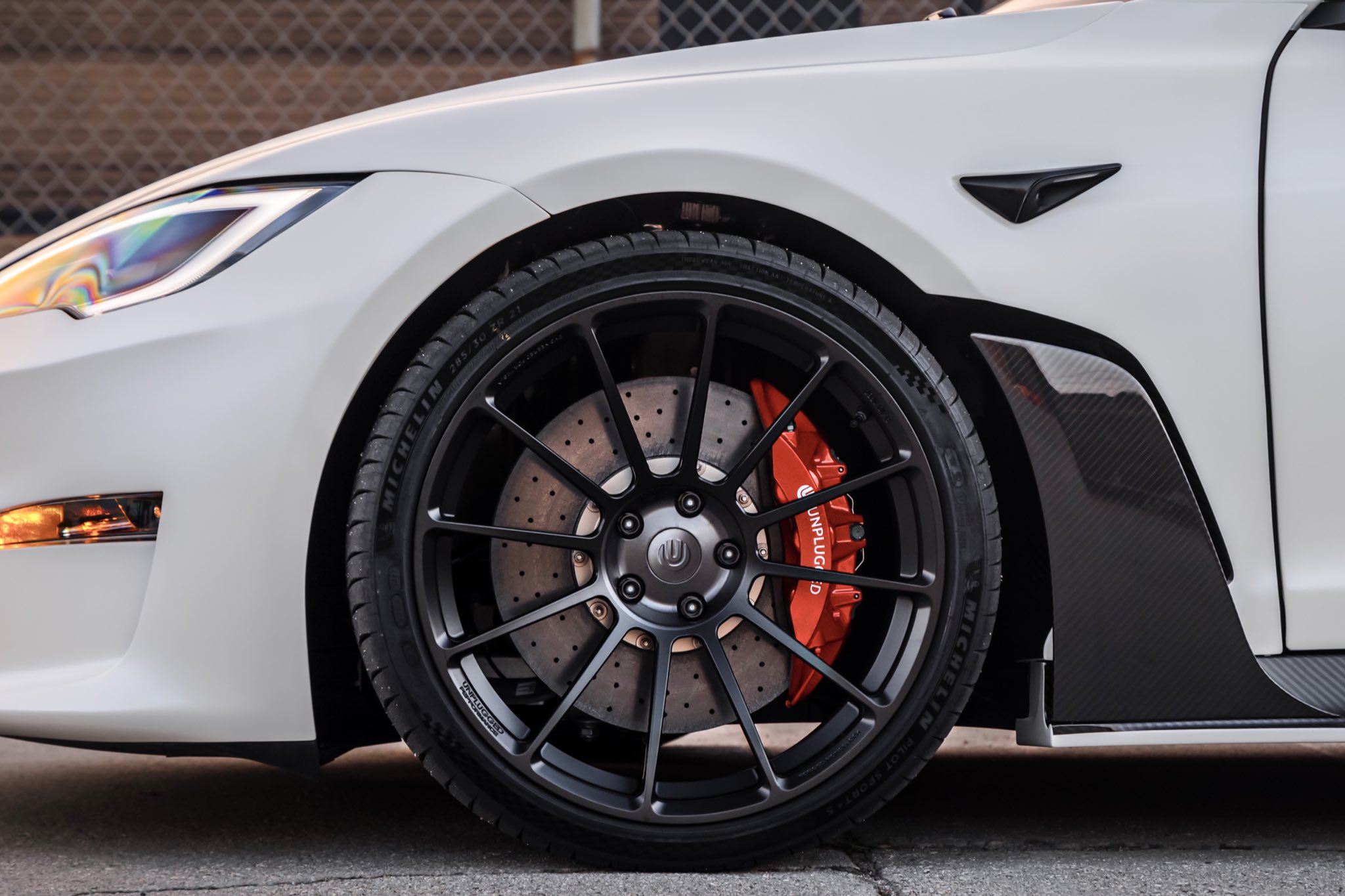
Tesla CEO Elon Musk was asked by Joe Rogan late last week whether the company would ever consider establishing an “AMG division” like Mercedes-Benz has established for powerful, race-inspired vehicles.
However, Musk turned down any talk of that, highlighting that the company is laser-focused on autonomous vehicles, seemingly hinting that any distraction from autonomy would be a detriment to the future.
Rogan drives a Tesla Model S himself, but it is not your run-of-the-mill all-electric sedan. Already outfitted with the Plaid powertrain that Tesla developed, Rogan took his vehicle to Unplugged Performance for a true performance outfitting.
The vehicle is completely overhauled with performance parts and seats. Known as the Model S-APEX, Rogan took delivery of it from Unplugged in January.
Rogan asked Musk on Friday during his most recent appearance on the Joe Rogan Experience podcast whether Tesla would ever establish an “AMG division” that would focus on catering Teslas to performance-based standards.
Musk said:
“I think it’s best to leave that to the custom shops. Tesla’s focus is autonomous cars, building futuristic autonomous cars. We want the future to look like the future.”
🚨 Elon Musk was asked by Joe Rogan if he would ever create an “AMG division” where customization and performance options are available.
Musk said:
“I think it’s best to leave that to the custom shops. Tesla’s focus is autonomous cars, building futuristic autonomous cars. We… pic.twitter.com/k7qy7UQc60
— TESLARATI (@Teslarati) October 31, 2025
Tesla fans have said for years that the company should consider acquiring Unplugged Performance and its Upfit Tesla division, which recently outfitted the Las Vegas Metropolitan Police Department’s fleet of Cybertruck cruisers.
However, it seems Tesla will keep things separate. Musk is primarily focused on autonomy, which will drive the technology forward and drive shareholder growth. Something like an outfitter for performance would be a cool thing for the owners who have the interest and the money.
It’s not a tremendous revenue driver or anything that would contribute to the financial state of the company. Mercedes-Benz, for example, is more accessible for consumers as it sold over 140,000 units from its AMG brand in 2024.
Tesla Model Y driver starts race in reverse, still wins against AMG SUV
It helps with driving revenue higher by as much as 15 percent compared to similar models that are not AMGs. However, would Tesla see this much of a benefit? Likely not, because the Performance trim already caters to many owners.
-
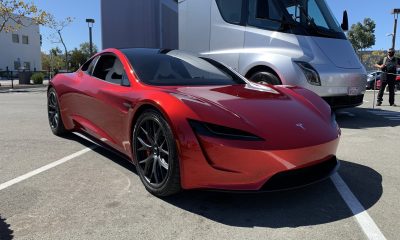
 News2 weeks ago
News2 weeks agoTesla updates fans on its plans for the Roadster
-
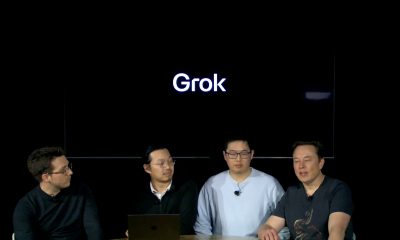
 Elon Musk2 weeks ago
Elon Musk2 weeks agoElon Musk: Grok 5 now has a 10% chance of becoming world’s first AGI
-
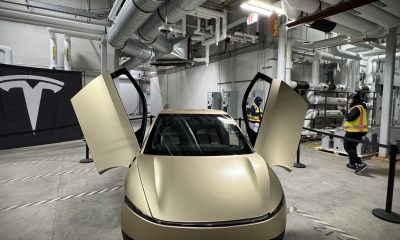
 News2 weeks ago
News2 weeks agoTesla is ramping up its hiring for the Cybercab production team
-
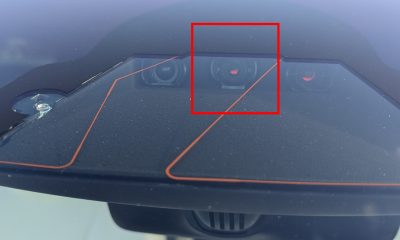
 News2 weeks ago
News2 weeks agoTesla rolled out a new feature with FSD v14 to fix a major complaint
-
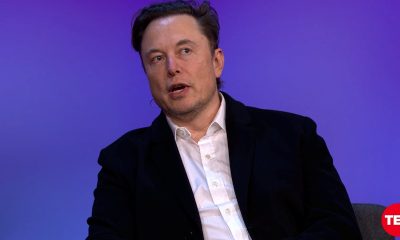
 Elon Musk2 weeks ago
Elon Musk2 weeks agoElon Musk hits back at former Tesla employee who disagrees with pay package
-
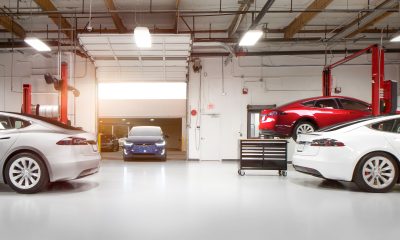
 News2 weeks ago
News2 weeks agoTesla just made Service even easier and more convenient
-
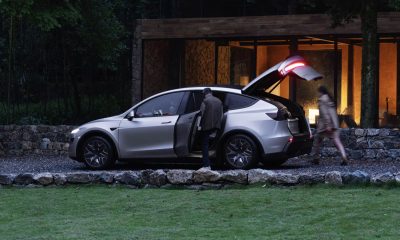
 News2 weeks ago
News2 weeks agoTesla Model Y L becomes China’s 4th best-selling mid-to-large SUV in its first month of sales
-
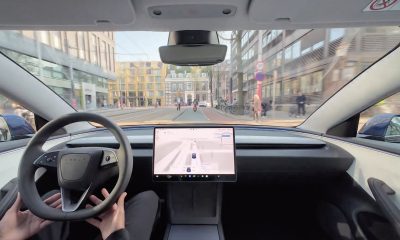
 News2 weeks ago
News2 weeks agoTesla Full Self-Driving’s new version officially gets a wider rollout


